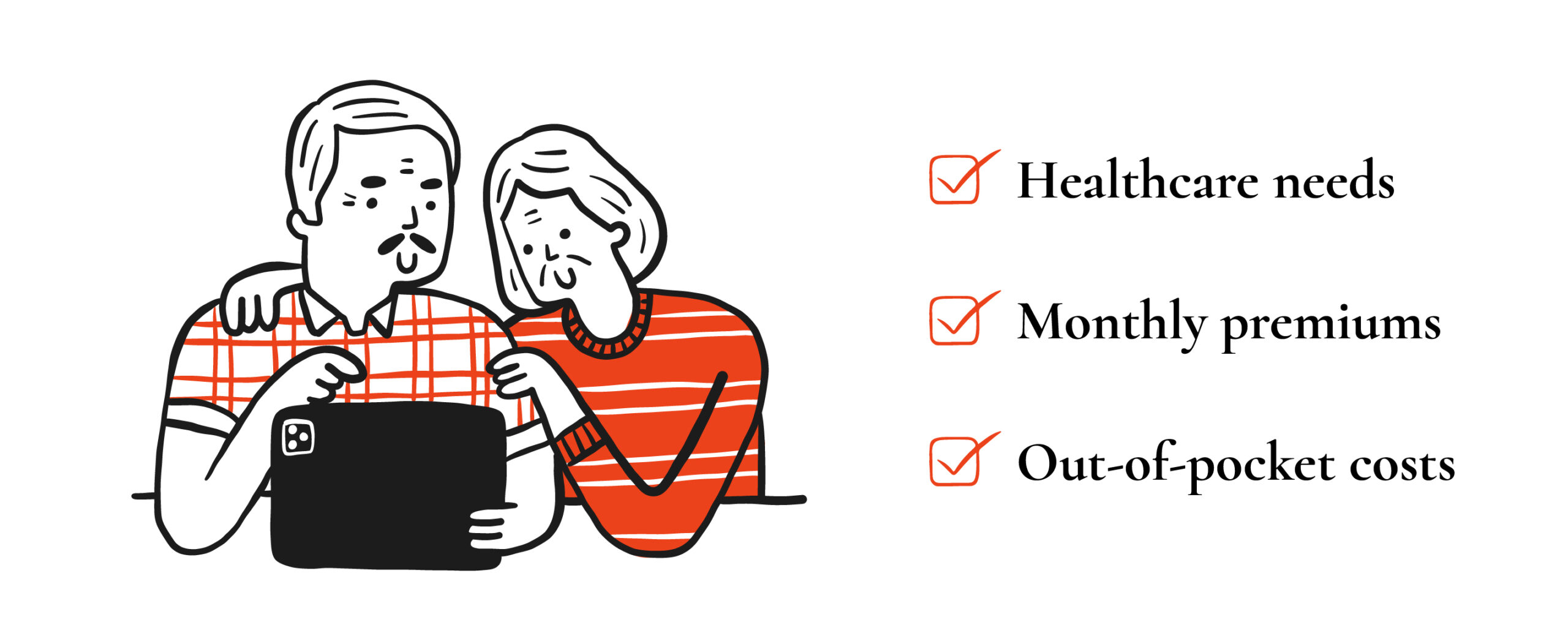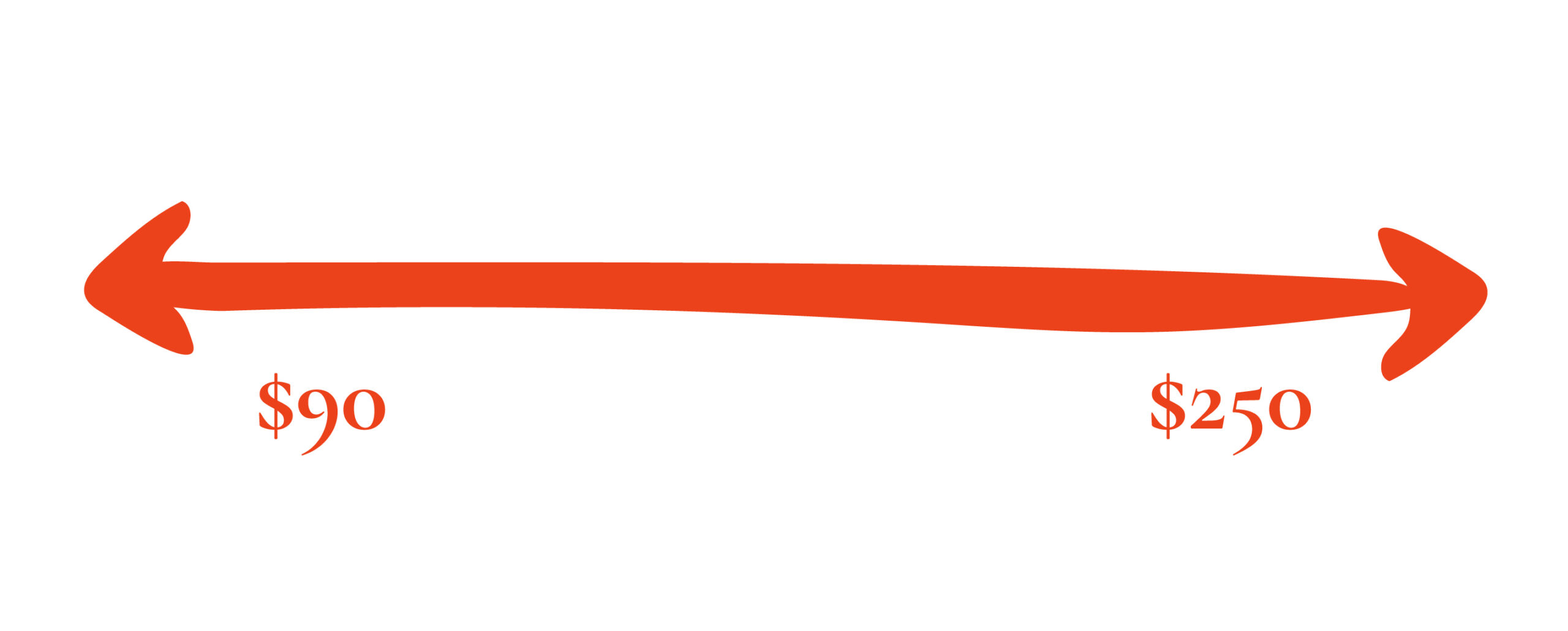Understanding Medicare Supplement Insurance Plans

If you’re approaching age 65, now is the time to start evaluating your Medicare options.
Medicare is a federal health insurance program for seniors and younger adults with certain disabilities. Original Medicare includes hospital insurance and medical insurance, but it doesn’t cover all your healthcare expenses.
That’s why many Medicare patients augment their coverage with a Medicare supplement (or Medigap) plan.
What exactly is a Medigap plan, and how does it help cover senior healthcare costs? Let’s break down the different types of Medigap plans, how they work, and the pros and cons to keep in mind when selecting a plan.
Table of Content
1. What Is a Medicare Supplement Plan (Medigap)?
2. Types of Medicare Supplement Plans
3. How Do Medicare Supplement Plans Work?
4. Eligibility for Medicare Supplement Insurance
5. How to Choose a Medicare Supplement Insurance Plan
6. Costs and Payment for Medicare Supplement Insurance
7. Pros and Cons of Medicare Supplement Insurance
8. Common Misconceptions About Medicare Supplement Insurance
9. How to Enroll in a Medicare Supplement Insurance Plan
10. Frequently Asked Questions
11. Explore Medigap Plans With Senior Insurance Agency
What Is a Medicare Supplement Plan (Medigap)?

Medicare supplements provide additional coverage beyond what’s included in Original Medicare, filling in coverage “gaps.” They are offered by private insurance companies and regulated through the federal Medicare program.
Original Medicare consists of Part A, which covers hospital stays and other inpatient care, and Part B, which covers outpatient medical services and supplies. Patients with Original Medicare coverage are still responsible for paying certain out-of-pocket costs, such as deductibles, coinsurance, and copays. Medigap plans cover these costs, which can help you reduce your total healthcare expenses.Medigap and Medicare Advantage plans are often confused with one another, as they are both offered by private insurance companies. However, Medigap only provides supplemental coverage to Original Medicare. Medicare Advantage plans serve as an alternative to Original Medicare, providing Part A and Part B coverage as well as prescription drug coverage and other add-ons through private insurance companies.
Types of Medicare Supplement Plans
There are 10 standardized Medicare supplement insurance plans available, but here are the most common ones. Each plan offers different coverage levels and out-of-pocket costs.

- Plan F: No longer available to new beneficiaries
- Plan G: Comprehensive coinsurance coverage, Part A deductible coverage, foreign travel emergency coverage, Part B excess charges coverage
- Plan N: Comprehensive coverage, including 100% of Part B services, higher monthly premiums
Plan G is currently the most popular supplement insurance plan due to the extensive coverage it provides. In fact, Plan G accounted for 39% of all policyholders in 2023. Plan F was also very popular before it was phased out for new beneficiaries on January 1st, 2020, and is still a top choice for those who turned 65 before this date.
When selecting a Medicare supplement plan, you’ll need to consider factors like your current healthcare needs and your budget. There are plan options available with many different levels of coverage.
How Do Medicare Supplement Plans Work?

Once you’ve decided to apply for Medicare coverage, you might be wondering: what does a Medicare supplement cover and how do they work?
To sign up for Medigap, you must first enroll in Original Medicare. Once your enrollment is confirmed, your agent can help you choose a Medigap plan.
Once you’ve enrolled in both Original Medicare and a Medicare supplement insurance plan, Original Medicare will pay its share of your healthcare expenses first. Then, your Medigap plan will kick in to cover things like coinsurance or deductibles that weren’t covered under Original Medicare.
After that, you may be responsible for out-of-pocket expenses that aren’t covered by either plan.
Find the Right Medicare Supplement Plan!
Eligibility for Medicare Supplement Insurance

In most cases, beneficiaries become eligible for Medicare supplement insurance plans at age 65. You can select a Medigap plan after you’ve completed your enrollment for Original Medicare.
The initial enrollment period for Original Medicare starts three months before you turn 65 and lasts until three months after your birthday. The Open Enrollment Period to join a Medicare Supplement plan starts the month your Medicare Part B starts, and extends for 6 months. If you miss this enrollment period, there are later enrollment options available, although you may need to pay additional fees and your selection of Medigap plans may be limited.
You may be able to enroll in Original Medicare at a younger age if you have a qualifying disability. However, the federal government does not require insurance companies to provide Medigap policies to those under the age of 65, although some states do.
If you are under the age of 65, many states will allow you to maintain Original Medicare by itself, or you can opt in to a Medicare Advantage plan if there is one offered in your area.
How to Choose a Medicare Supplement Insurance Plan
If you decide to purchase a Medicare supplement plan, there are a variety of factors to keep in mind when making your decision. These include:

- Healthcare needs: A patient with a chronic health condition will need more robust coverage than someone who does not have any underlying issues.
- Monthly premiums: Consider how monthly premiums for each plan will fit into your current budget.
- Out-of-pocket costs: Some plans provide more coverage for copays, coinsurance, and deductibles than others. You’ll need to weigh your options based on your budget and the health services you use.
If you’re new to Medicare, comparing plans on your own may be daunting. An insurance agent can help you review your options in detail and provide guidance based on your unique needs.
Costs and Payment for Medicare Supplement Insurance
According to KFF, the average monthly premium for Medigap policyholders was $217 per month in 2023. However, Medigap costs can vary significantly depending on your insurer and the type of plan you have.
For example, low-cost plans with partial coverage can have premiums starting around $90 per month, while the most expensive options could cost $250 per month or more for extensive coverage.
Pricing for Medigap plans is not standardized. If you apply after your initial Open Enrollment Period, your insurance company may conduct medical underwriting, which means the cost of your plan may vary depending on your health status. In this case, factors that can affect Medigap pricing include:

- Age
- Location
- Tobacco Usage
- Current health status
- Gender
- Marital status
- Coverage level
Medigap premiums vary significantly between health insurance providers. This is because each insurer has its own underwriting practices and business structure. Regulations for insurance providers also vary from state to state. This means that profit margins can vary significantly between insurers, resulting in different monthly premiums.Comparing policies from a wide range of insurers is the best way to find affordable coverage options. A professional insurance agent in Sparks can help guide you through this process.
Learn How Medicare Supplements Work!
Pros and Cons of Medicare Supplement Insurance

Medicare supplement insurance isn’t mandatory, and may not be necessary for every beneficiary. When enrolling in Medicare, consider the pros and cons of supplement insurance to help you make your decision.
Pros of Medicare Supplement Insurance:
- Fewer out-of-pocket costs: With a Medigap plan, you’ll have fewer out-of-pocket medical expenses, which means fewer financial surprises after a trip to the doctor.
- Nationwide coverage: Coverage is available to any provider that accepts Original Medicare across all 50 states.
- Options at varying price points: There are Medigap plans available at a wide range of price points, so there are options for many different budgets.
- Foreign travel emergency coverage: Some Medigap plans offer coverage for emergency medical care while abroad, which can be helpful for older adults who enjoy traveling.
- No prior authorization or referrals: Medigap plans do not require prior authorization or referrals for services, although your Original Medicare coverage might for certain services.
Cons of Medicare Supplement Insurance:
- Added premium costs: Medigap plans cost more per month than Original Medicare does on its own. If you don’t go to the doctor often, these extra expenses may be unnecessary.
- Potential coverage gaps: While Medigap can expand your coverage, it still does not cover everything, so you may still have some out-of-pocket costs depending on your plan choice.
- Fewer add-ons than Medicare Advantage: Medicare Advantage plans typically provide built-in prescription drug coverage, and some offer add-on benefits like dental, vision, and fitness programs. Medicare supplement plans typically do not offer these add-on options.
- Premium costs increase over time: Medigap premium costs can increase from year to year as the economy changes.
Common Misconceptions About Medicare Supplement Insurance
Medicare insurance can be complicated, particularly for new beneficiaries. This often leads to misconceptions about coverage options. Let’s clear up some of the most common misconceptions about Medigap.

Misconception: Medicare supplements and Medicare Advantage are the same thing.
Fact: Medigap and Medicare Advantage are two different types of coverage. Medigap is used as a supplement to Original Medicare, while Medicare Advantage is used as an alternative to it. However, both types of plans are offered by private insurance companies.
Misconception: Medicare supplements cover prescription drugs.
Fact: Medicare supplement insurance plans only cover out-of-pocket health care costs associated with Part A and Part B. For prescription drug coverage, beneficiaries will need to enroll in a Medicare Part D plan separately.
Misconception: Medigap works with all other Medicare plans.
Fact: Medigap only works in conjunction with Original Medicare. It cannot be used along with a Medicare Advantage plan.
How to Enroll in a Medicare Supplement Insurance Plan
Ready to enroll in a Medicare supplement plan? Here’s a step-by-step look at the process.

- Enroll in Original Medicare during the initial enrollment period.
- Once your enrollment has been confirmed, compare Medigap plan options from insurers in your state.
- Select the plan you want to enroll in and review the coverage details thoroughly.
- Apply for the plan of your choice. We encourage you to enroll by working with a local insurance agent.
If you miss the initial enrollment period to apply for Original Medicare or your Open Enrollment to apply for a Medicare Supplement, talk to a Medicare representative to see if you are able to apply for coverage.
Compare Medicare Supplement Plans Today!
Explore Medigap Plans With Senior Insurance Agency
Original Medicare beneficiaries often use Medigap plans to cover out-of-pocket expenses. This can be a good option for those who want additional financial coverage for healthcare services.
With so many plans to choose from, it’s important to carefully consider your healthcare needs and budget before making a final decision. A licensed insurance agent will help simplify the process and can answer any questions you may have as you review the plans available in your area.
At Senior Insurance Agency, we provide support and guidance for Medicare beneficiaries throughout the state of Nevada. Get in touch with our team today to learn more about Medigap plans in Nevada or schedule an appointment.
Get in Touch with an Expert Today
Call us direct: (775) 829-9600
Frequently Asked Questions
In some scenarios, yes, you can switch Medigap plans after your initial Open Enrollment. However, the insurance company may conduct medical underwriting, which means your premiums will be based on your health status and other risk factors.
Some scenarios qualify you for a guaranteed issue right, which means insurers must cover you with no medical underwriting. This can happen if:
- You move to another state.
- Your insurance company goes bankrupt.
- You’ve lost employer-sponsored health coverage.
- You are involuntarily disenrolled from a Medicare Advantage plan.
Some states also have a Medigap birthday rule, which means you can switch plans around the time of your birthday each year. For example, you can switch Nevada Medicare supplement plans from 60 days after the start of your birth month each year.
If you don’t apply for Medigap during your open enrollment period, you can still apply for coverage during a future enrollment period. However, insurers are able to charge you higher premiums based on your health status or even deny you coverage.
No, Medigap plans do not cover prescription drug costs. If you are interested in prescription drug coverage, you will need to purchase a Medicare Part D plan. Like Medigap plans, Part D plans are offered by private insurance companies and regulated by the federal government, but they cover prescription drug costs.
Medigap plans are designed to be used with Original Medicare, covering out-of-pocket costs like deductibles and coinsurance. Medicare Advantage is a private alternative to Original Medicare that typically includes coverage for hospital stays, outpatient medical care, prescription drugs, and more.